Tenant screening plays an essential role in keeping your property safe and secure for existing tenants. While approving an application brings you one step closer to signing a new…
continue reading
25+ Sample Nonprofit Letterhead
-

Community Non Profit Letterhead
download now -
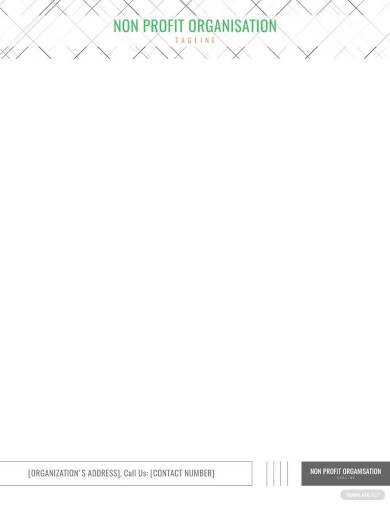
Non-profit Organization Letterhead
download now -

Nonprofit Board Directors Letterhead
download now -

Non Profit Company Letterhead
download now -

Non Profit Board Letterhead
download now -

Non Profit Services Letterhead
download now -

NonProfit Church Letterhead
download now -
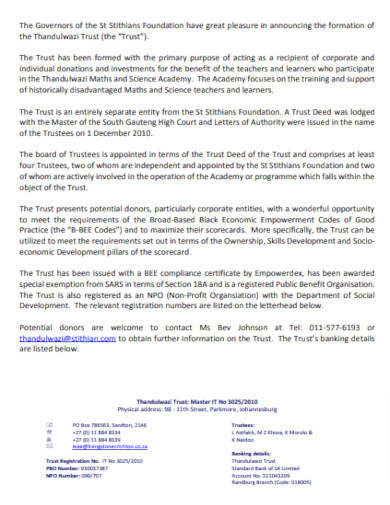
NonProfit Foundation Letterhead
download now -
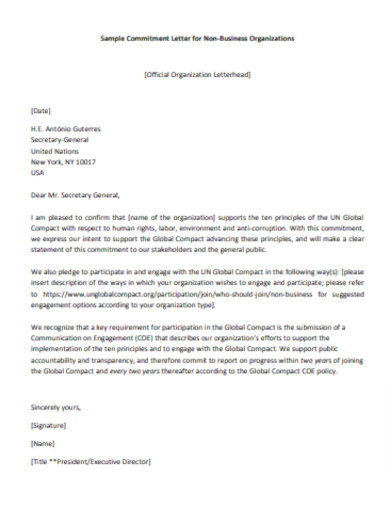
NonProfit Business Letterhead
download now -

NonProfit Association Letterhead
download now -
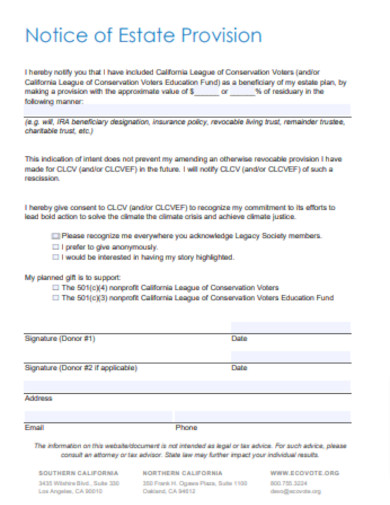
NonProfit Charitable Trust Letterhead
download now -

Blank NonProfit Letterhead
download now -

Simple NonProfit Letterhead
download now -
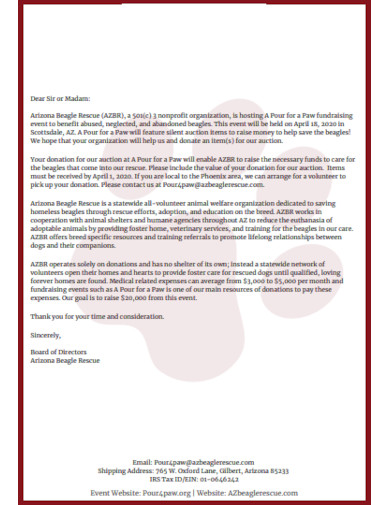
Donation NonProfit Letterhead
download now -

Sample NonProfit Letterhead
download now -
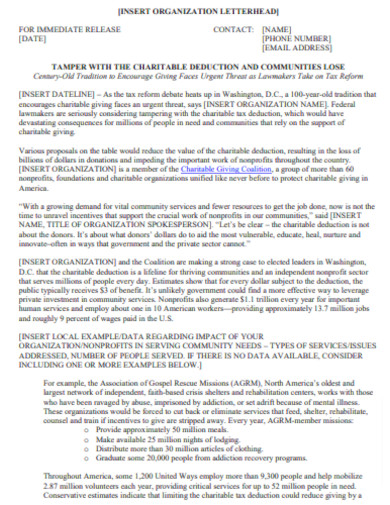
NonProfit Letterhead Outline
download now -
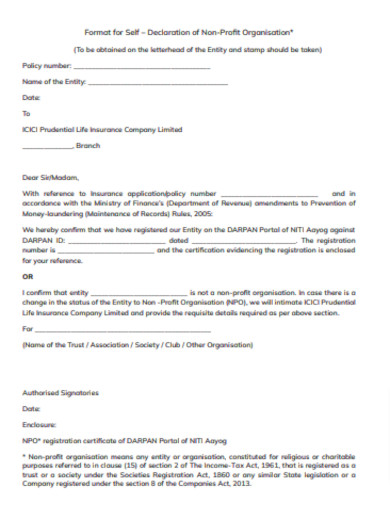
NonProfit Letterhead Format
download now -
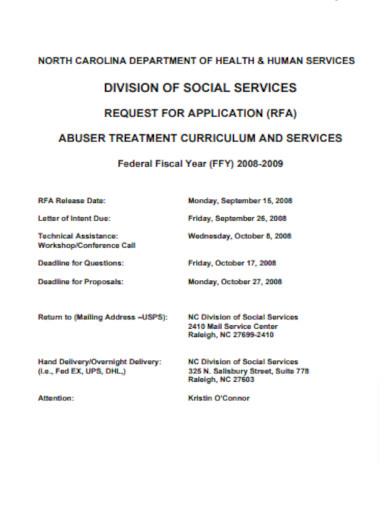
NonProfit Corporate Letterhead
download now -
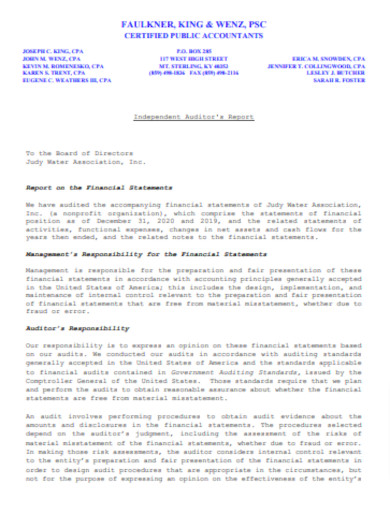
Organization NonProfit Letterhead
download now -
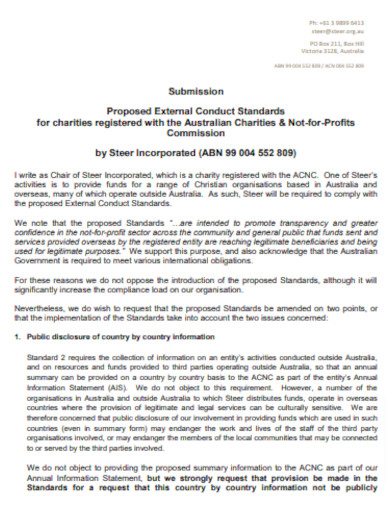
NonProfit Charities Letterhead
download now -
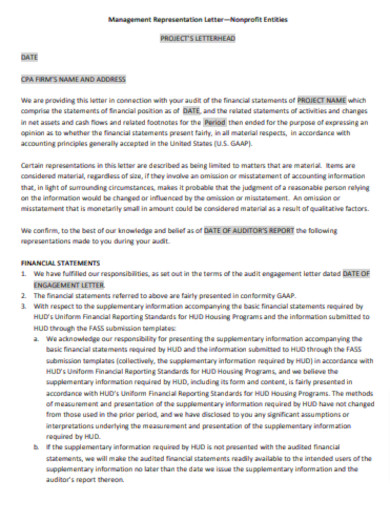
NonProfit Project Letterhead
download now -
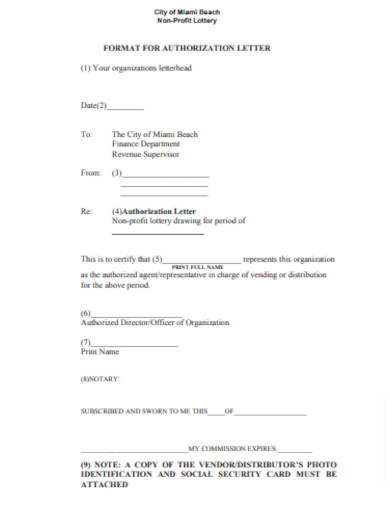
NonProfit Letterhead Form
download now -

NonProfit Letterhead Layout
download now -
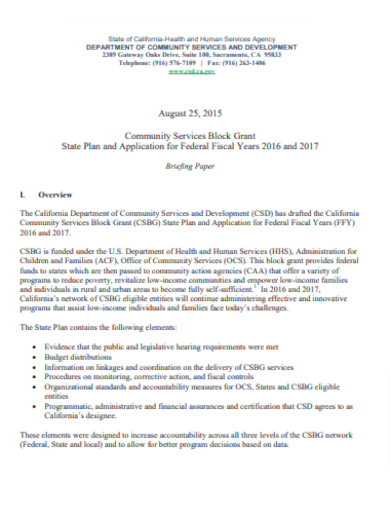
NonProfit Service Letterhead
download now -
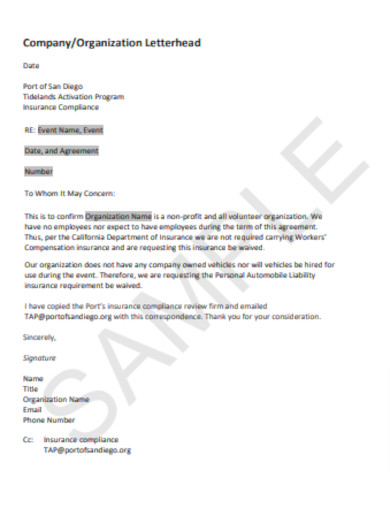
Sample NonProfit Company Letterhead
download now -

NonProfit Official Letterhead
download now
Creating a non-profit letterhead requires incorporating essential elements that reflect the organization’s identity, mission and vision, and professionalism. Here’s a general guideline on what to include in a non-profit letterhead and a basic sample:
Essential Elements
Organization’s Name
Prominently display the name of the non-profit organization.
Logo
If your organization has a logo, include it near the top, often to the left, right, or center.
Mailing Address
List the official address of your organization.
Contact Information
Phone number, fax, and email address.
Website
Your organization’s website or any other relevant online presence.
Mission Statement or Tagline
A brief, one-sentence mission statement or tagline can help convey the purpose of the organization.
Tax-Exempt Status
If your organization is a 501(c)(3), it may be beneficial to mention this. E.g., “A registered 501(c)(3) non-profit organization.”
Optional
You can also add other relevant information such as social media handles, founding date, or any certifications/affiliations.
When designing the letterhead
- Use a clean and professional font.
- Maintain a balance between text and white space to ensure readability.
- If printing, choose a high-quality paper that reflects your organization’s professionalism.
Finally, once you have a general layout, consider getting feedback from colleagues or other stakeholders to ensure that the letterhead effectively communicates the desired message and image for the organization.
Pitfalls to Avoid for Non-Profit Letterhead
Creating a letterhead for a non-profit is a task that demands precision, integrity, and a clear understanding of the organization’s mission and values. A well-designed letterhead can strengthen a non-profit’s brand identity and lend credibility. However, there are some pitfalls that organizations should be cautious of:
1. Neglecting Brand Consistency
It’s essential that the letterhead reflects the organization’s overall branding, from color schemes to logos Inconsistency can cause confusion or signal a lack of professionalism.
2. Overcrowding the Design:
A cluttered letterhead with too much information or imagery can be overwhelming and detract from the primary message or content.
3. Using Low-Resolution Images:
Pixelated logos or images can undermine the professionalism of the organization. Always use high-quality, high-resolution graphics.
4. Overlooking Legal Requirements:
Certain information might be legally required on a letterhead, such as the non-profit’s registration number. Failing to include this can lead to compliance issues.
5. Neglecting Sustainable Practices:
Many non-profits advocate for sustainability. If an organization promotes environmental causes, for example, it would be incongruent to use non-recycled paper.
6. Overlooking Feedback:
Not seeking feedback from stakeholders, volunteers, or beneficiaries on the letterhead design can be a missed opportunity for refinement.
7. Lack of Adaptability:
A letterhead might need to be adapted for various purposes, from official letters to event invites. Designing without adaptability in mind can limit its utility.
8. Not Regularly Updating:
While consistency is crucial, regularly revisiting and updating the letterhead to ensure its accuracy and relevance is equally important.
In sum, while crafting a non-profit letterhead, striking a balance between design and functionality, ensuring legal compliance, and maintaining authenticity are vital. Avoiding these pitfalls can lead to a more effective, representative, and impactful letterhead.
FAQ’S
How is a non-profit letterhead different from a corporate one?
While both share fundamental design principles, a non-profit letterhead might emphasize the organization’s mission, values, and beneficiary-focused details, while company letterheads might prioritize business-related information.
How often should we update our letterhead?
While there’s no fixed timeframe, it’s wise to revisit the design whenever there’s a significant change in the organization, like a new logo or change in address. Regular reviews every few years can also ensure it remains contemporary.
Can non-profits use digital letterheads?
Absolutely. Digital letterheads are especially important in today’s electronic communication-heavy era, ensuring brand consistency across both printed and digital communications.
Do we need a professional designer for our letterhead?
While a professional designer can add expertise, with today’s user-friendly design tools and templates, non-profits on tight budgets can still create effective designs in-house.
Is it necessary to include our mission statement on the letterhead?
While it’s not mandatory, some organizations choose to include a brief version of their mission statement to reinforce their purpose in communications.
In an evolving landscape, the non-profit letterhead will likely see more innovations, but its core purpose will remain unchanged: to represent and communicate. An effective non-profit letterhead encompasses more than just aesthetics—it’s an amalgamation of branding, communication, and ethos.

